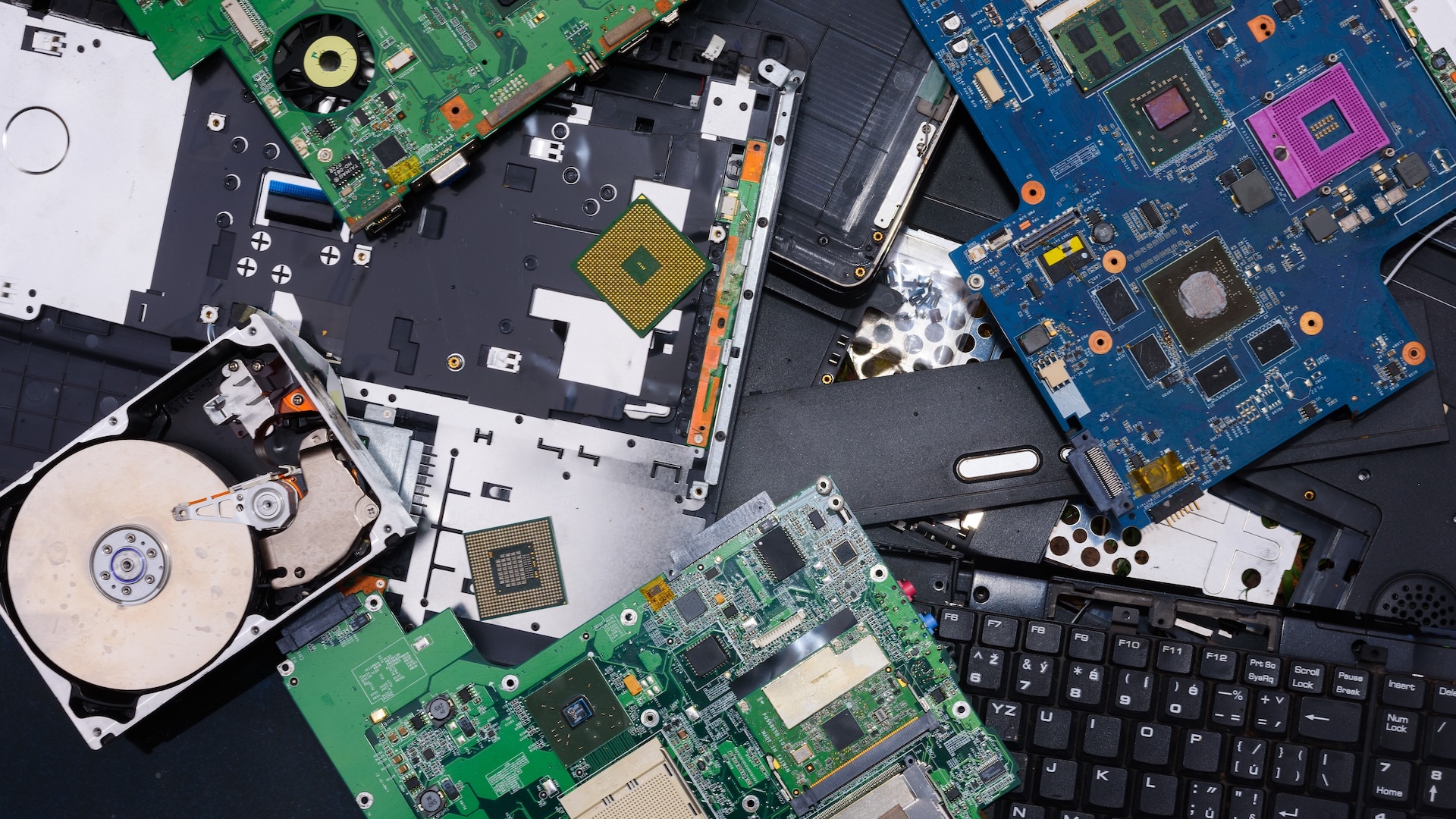The Royal Mint, official maker of British coins, begins mining gold from motherboards — a 40,000 square feet facility yields half a ton of gold per year

There’s a new gold rush happening, but it’s not in the Wild West of the U.S. Instead, it’s being referred to as urban mining, extracting gold from recycled electronics components. The latest entrant in the rush is the Royal Mint, the United Kingdom’s official maker of British coins. The Royal Mint has just opened a large factory in South Wales to recover gold from old circuit boards.
The Royal Mint’s new Precious Metals Recovery factory is a nearly 40,000-square-foot facility that uses patented chemistry developed by Canadian firm Excir. This technology recovers high-quality 999.9 gold from PCBs found in consumer electronics like TVs, laptops, and mobile phones.
Major tech companies have been recovering precious metals from PCBs for some time already. Dell has its own e-waste recycling program that met its goal of recycling 2 billion pounds of e-waste by 2020 two years early, in 2018. Apple has also implemented processes to recover tin, aluminum, and other materials for use in manufacturing its new products. What the Royal Mint is doing, though, might be the first time a jewelry maker has directly entered into recovering those precious resources for itself.
The process takes only a few minutes, and experts say it is more energy-efficient and cost-effective than traditional methods of mining gold. The new factory is capable of processing up to 4,400 tons of PCBs each year, yielding as much as half a ton of gold in the process. At current prices, that gold is worth roughly £27 million ($34 million).
There’s no shortage of PCBs to recover the metal from, either. According to the United Nations, the world produced a whopping 68 million tons of e-waste in 2022. The Royal Mint’s new factory is designed to recover the valuable resources the company can use in crafting its jewelry. The less important materials, like aluminum, copper, tin, and steel, are treated to expedite onward recycling and other processing efforts.
The Royal Mint is already using recovered gold to produce luxury jewelry items. Its new 886 line includes necklaces, bracelets, pendants, earrings, signet rings, and more. Items in this collection range in price from £275 ($350) to £110,000 ($140,000) each.
In addition to the innovative new way to obtain gold for its jewelry, the Royal Mint’s factory is creating new jobs. According to Anne Jessopp, chief executive at Royal Mint, the oldest business in the U.K. is “not only preserving finite precious metals for future generations, but we are also preserving the expert craftmanship the Royal Mint is famous for by creating new jobs and reskilling opportunities for our employees.”
Get Tom's Hardware's best news and in-depth reviews, straight to your inbox.
Jessopp added, “We have ambitious plans, and I am proud that we are safeguarding the Royal Mint for another 1,100 years.”

Jeff Butts has been covering tech news for more than a decade, and his IT experience predates the internet. Yes, he remembers when 9600 baud was “fast.” He especially enjoys covering DIY and Maker topics, along with anything on the bleeding edge of technology.
-
Unolocogringo I think the author should consult a dictionary.Reply
Recycling and mining are 2 totally different methods of obtaining something.
They are not interchangeable like the author tries to imply. -
Jeff Butts Reply
It's an industry-accepted usage, also referred to as "urban mining." Please bear in mind that dictionaries are edited over time to add new definitions to words.Unolocogringo said:I think the author should consult a dictionary.
Recycling and mining are 2 totally different methods of obtaining something.
They are not interchangeable like the author tries to imply. -
thesyndrome Whilst I'm happy that e-waste is being reduced, and I think the recycling of previous materials is a great thing, I would prefer if the metals were being used for other computer parts instead of jewellery.Reply
I never wear any jewellery of any kind though, so maybe I'm just biased :sweatsmile: